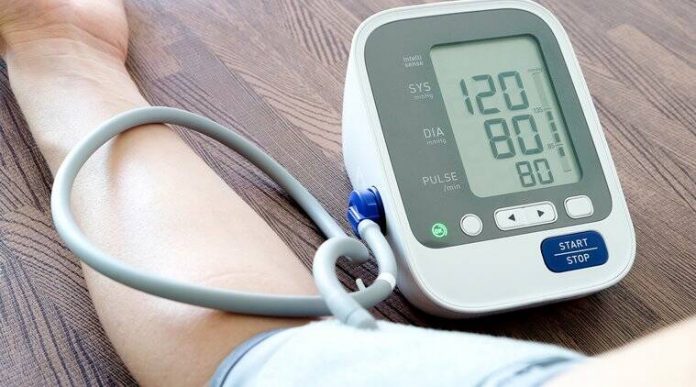A study released recently by the Journal of Hypertension concludes that “there is considerable potential for structured care management to improve Blood Pressure (BP) control in primary care, especially when optimally applied.”
This study showed that a more intensive and structured approach; including more frequent primary care visits and higher treatment doses; can control an individual’s blood pressure more effectively than a traditional regimen using fewer adjustments to treatment and fewer primary care visits.
The study examined 1,562 patients in 119 primary care clinics in Australia. Patients in the structured treatment program had mandatory visits at the six-, 10-, 14- and 18-week marks after entering the study, then a final follow-up at week 26.
Nearly half of the patients in the structured care program reached their blood pressure targets, compared to fewer than one-third of the patients who received usual care, according to the study.
I know most of you at this juncture will be asking, but Carol, this study was in Australia! How does this pertain to American Citizens? This is simple my friends, the American Heart Association has information on their site www.heart.org that provides ample information on the subject.
What’s so important about blood pressure? High Blood Pressure, also known as HBP (aka Hypertension) is a widely misunderstood condition. Most people, like myself, tend to believe that people with hypertension are tense, nervous or hyperactive, however, hypertension has nothing to do with personality traits. The truth is that you can be a calm, relaxed person and still have HBP.
By keeping your blood pressure in check you will be reducing your risk of the walls of your blood vesseld becoming overstretched and injured. You will reduce the risk of having a heart attack, or stroke and developing heart or kidney failure. You will be protecting your entire body so that your tissue receives regular supply of blood that is rich in the oxygen it needs.
Blood pressure measures the force pushing outwards on your arterial walls. The organs in your body need oxygen to survive. Oxygen is carried through the body by the blood. When the heart beats, it creates pressure that pushes blood through a network of tube-shaped arteries and veins, also known as vessels and capillaries. The pressure (Blood Pressure) is the result of two forces. The first force occurs as blood pumps out of the heart and into the arteries. The second force is created when the heart rests between heart beats. (read more about the BP formula here)
How is high blood pressure diagnosed?
Your healthcare providers will want to get an accurate picture of your blood pressure and chart what happens over time. Starting at age 20, the American Heart Association recommends a blood pressure screening at your regular healthcare visit or once every 2 years, if your blood pressure is less than 120/80 mm Hg. A single reading will not be sufficient to diagnose you with high or low blood pressure, this is something that has to be monitored over a period of time. If, while monitoring your blood pressure you get a systolic reading of 180mm Hg or higher, or a diastolic reading of 110mg HG or higher, wait a couple of minutes and take it again. If the reading is still at or above that level, you should seek immediate emergency medical treatment.
Remember, as you seek the answers to your blood pressure management, always take your prescriptions as prescribed by your medical specialist, and make small changes in your lifestyle that will benefit your health overall.















